Rick Schubert is settling in to the part of bee season that didn’t exist when he opened Bee Happy Apiary with 300 hives in 1977. It’s mid-September, and at headquarters, tucked in the dusty hills off a private road in Vacaville, the faint humming of honey bees serves as background buzz to the voices of men.
There are a eight hives spread over a couple of pallets, four or so boxes high, sitting in the driveway out front of Schubert’s house. He sits on the porch with three crewmen who have just returned from treating some of his hives for a spore-forming parasite called Nosema ceranae. The hives look good, they tell him.
So far, the year has been OK for Schubert. Losses to his hives have been minimal, but he is prepared to lose about 15 percent of his 4,500-colony stock by the end of the year — to anything from mites and bears to fires or malnutrition brought on by the drought. It’s a fairly typical annual loss, but by the end of the year he’ll have poured over $40,000 into medications that will hopefully keep his hives healthy.
Beekeeping just isn’t what it used to be. It’s evolved into an industry with a monster around every corner that is at best microscopic and at worst unknown. The increasing cost of and need for mite treatments, the potentially catastrophic impacts of colony collapse disorder, encroaching migratory beekeepers and a historic drought that’s put hives at risk for fire and has left both the bees and their predators hungry, have pushed an entire industry to a precipice. If it weren’t for a booming almond industry that’s grown increasingly lucrative for beekeepers offering pollination services, it would be hard for guys like Schubert to stay in business.
Schubert gives Dylan, a tattooed Bee Happy veteran clad in work boots and a weathered straw hat, the following morning off to go crawdad fishing. Schubert plans to collect his last 50 or so hives from a nearby pumpkin patch the following day around 4 a.m., while the bees are still in their early morning somnolence. Then he’ll bring them back to headquarters and treat them for nosema before hauling them out to any one of the properties he leases, where they will spend the winter. There, they will hopefully survive until almond season starts again at the end of January.
“We used to have winters off,” Schubert says, scratching his head. “I don’t know what happened, but now we have stuff to do.” He watches the disheveled crew climb into a pickup truck, done for the day. “There’s always something to do.”
“Nobody can do this unless you love it. It’s not just a business. It’s an infatuation with the bees, with their lives. We’re intertwined. They become a part of us.”
Rick Schubert, owner, Bee Happy Apiary
Valeri Strachan-Severson grew up working with bees in the fields, where she developed an expertise in queen production. Her father started Strachan Apiaries in Yuba City in 1954 with 700 hives. Sixty years later, Strachan-Severson runs the 11,000-hive operation with her son, Phillip Russell, who will eventually take over the business. In the early days of Strachan, most revenue came from honey, which Strachan-Severson estimates accounts for only 10 percent of her current revenue. Thirty years ago, queen production made up the majority of profits for beekeepers, and now it’s pollination services — driven largely by the growing almond industry.
“We’ve seen a major change in the almond industry, and probably no one knows where it will go,” says Tom Parisian of Honey Bee Genetics in Vacaville. “Whenever we move hives around, there’s a danger of mites being spread widely. If they came here, they would spread quickly due to migratory beekeeping.”
According to the California Department of Food and Agriculture, almond acreage in California has increased by roughly a quarter since 2006, covering more than 800,000 acres. Pollination requires two bee colonies per acre, and in-state beekeepers can’t even cover half of that. In the past decade, pollination fees for almond crops have jumped by nearly 500 percent in some cases, costing between $150 to $200 per hive. Compare that to $35 per hive for sunflowers or $18 for prunes.
It’s easy to see how reliant beekeepers have become on the almond industry. Those pollination prices are high, in part, because of almond season’s timing. The almond bloom starts in February, right around the time apiarists are assessing the totality of their winter die off. There isn’t much to be done about the loss until queen production starts in March.
The lucrative prices and soaring demand means more than 1 million bees from all over the country cross the state line each winter to serve almond growers. And once migratory beekeepers are here, they will likely stick around past the almond bloom and through the summer, finding work where they can, often driving down the price for local beekeepers. Schubert canceled a cherry contract for such a reason.
“Because the pay is good for the almonds, people have gotten into this business who don’t respect the traditions we’ve maintained over years and years,” Strachan-Severson says. She says the lack of statewide regulations in California means it’s common for out-of-state beekeepers to sidle up next to local hives, hoping their presence indicates a sign of nearby flora to feed the bees. “There used to be a 1-mile understanding among local beekeepers, that you don’t encroach on another beekeeping population. But now new people encroach, and not always with the property owner’s permission.”
“And you never know how they treat their hives,” adds Russell. “It’s not cheap to treat for mites or for anything else, so if you’ve got a guy with only 100 hives, and he knows you have a good location and he doesn’t treat his bees, they can infect ours.”
In the “good old days,” the money Schubert spent to keep his bees alive during the winter was almost insignificant. He didn’t have to combat armies of nosemas (they prevent the bees from digesting food and will cause them to eventually defecate all over the hive), varroa mites (external mites that live in the pupa and can cause bees to emerge wingless) or brood diseases like chalkbrood (which kills the larvae and gives it a mummified appearance).
“Back in the ’70s, when we didn’t have all of these mites, beekeeping was a lot more fun,” says Schubert. “Now I employ my crews to do mite treatments. Upward of 25 to 30 percent of labor is just to control the diseases all year.”
Schubert lost 60 percent of his 4,500 hives to nosema alone about seven years ago. So now he treats for the parasite regardless of how strong its presence in his hives. Better safe than sorry. Both Strachan-Severson and Schubert estimate labor costs associated with treatment make up more than a quarter of their overall costs — and that’s without factoring in the actual price of the treatments.
The problem is, winter is a tough time for bees. During the colder months, bees are inactive and food is scarce — scarcer yet three years into this drought. So in order to keep them healthy, more effort and nutrition is needed. Artificial syrup and protein patties will be in high demand; they’re better than nothing, yet not perfect substitutes for real nectar.
“We’re feeding a lot more liquid sugar and substitute pollen, which is not as healthy,” Strachan-Severson says. “It’s like eating McDonald’s every day instead of getting the leafy greens or the nutrition you know your body needs.”
Artificial feeding isn’t necessarily a new practice. Tom Parisian of Honey Bee Genetics began feeding the artificial pollen, called bread, to his bees about seven years ago when colony collapse disorder started causing problems. He hoped more nutrition would help combat what is still a mysterious phenomenon.
Colony collapse disorder — when worker bees mysteriously abandon their hives — is the real wild card in the apiary game. Strachan-Severson considers herself lucky to have only been hit one year for 20 percent of her bees. If a beekeeper’s hives get zapped with some serious pesticides, they’ll know by the pile of dead bees in front of the hive. Not so with CCD, which has no one identifiable cause. There may be mites present in an abandoned hive — but not the kind or of the levels that would cause a hive to die off. Maybe it’s pesticides that hit the worker bees so quickly that they died in the field before they could return to the hive. Maybe it’s a combination of factors. Maybe it’s none of them. All the beekeepers can do is their best to protect their stock, keep the bees healthy and hope they survive.
Besides, there are enough more-tangible threats out there to keep the apiarists busy. Agricultural production relies on a tight network made up of beekeepers, growers, pesticide applicators and county officials. It’s a complex relationship whose various parties’ goals are both mutually reliant and often at odds. Growers want to keep the bees alive, but their highest priority is their crops. And once a hive is placed, there’s no controlling exactly where the bees will gather nectar. The practice of monocropping — growing the same crop on the same piece of land every year — eliminates natural fauna. When the almond season comes to a close, there’s nothing stopping a bee from flying to a nearby peach orchard that may be appetizing but laden with harmful pesticides.
“Sometimes the (pesticide control advisor) will allow us to recommend that they change the chemical to be a little safer for the bees, or we can ask them to spray at night,” says Strachan-Severson. “But there are only some areas where they can do that.”
The Central Valley isn’t the healthiest place for bees. “It’s
like a bowl that everything settles in,” says Valeri
Strachan-Severson of Strachan Apiaries. “The air doesn’t get
filtered in the summer, and there can be a haze of pesticides
hanging in the atmosphere.”
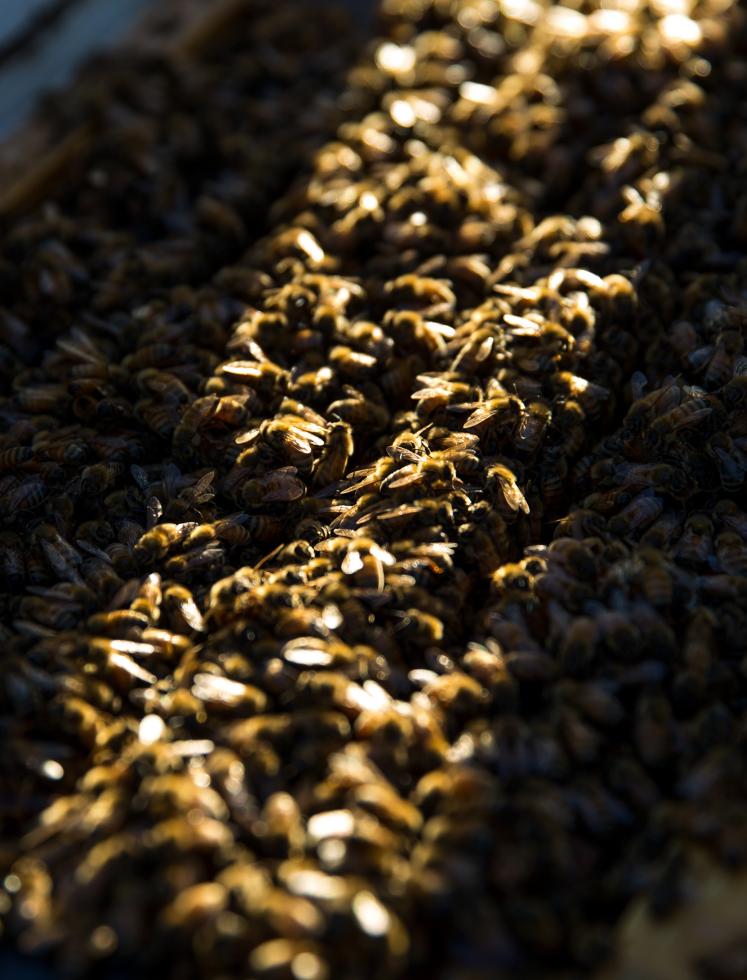
And even though beekeepers receive 48-hour notice before a nearby crop is sprayed, it’s not always possible to get the bees out of harm’s way. Parisian estimates it takes two crewmembers over four hours to move 100 hives far enough to keep the bees safe. And that’s while they’re on contract. And there may not be anywhere to move to. And even if there is, who knows what’s been sprayed there. Usually, the beekeepers simply cross their fingers and prepare to take their lumps.
Despite the struggle, Strachan-Severson is confident the industry will survive and that Strachan Apiaries will make its way from Russell’s hands to his sons’ and eventually those of their offspring.
“We’re not ever going to not have bees,” she says, “I think our industry is full of smart people. We just want people to be supportive of us, maybe help us find locations for our beehives, because we’re just like farmers.”
As the bees go, so do their keepers — and the rest of us. Pollinators, primarily honey bees, are responsible for 80 percent of our diet. It takes sincere attention to detail, motivated by something more than profit, to ensure these tiny, fragile food suppliers thrive.
“Nobody can do this unless you love it,” Schubert says, standing on his front stoop swirling a glass of cabernet. “It’s not just a business. It’s an infatuation with the bees, with their lives. We’re intertwined. They become a part of us.”
Recommended For You

Risky Bee-siness
To protect honey bees, California Almond Board cautions against tank mixing
Last summer, honey bee hives pollinating orchards in SoCal, from Fresno to Bakersfield, took a hard hit. Apiculturist Eric Mussen points to tank mixing formulas as the culprit behind what he estimates at over 80,0000 colonies lost. According to Mussen, chemicals often not thought to be harmful to bees can turn deadly when mixed.

Of Rice and Men
On the Cover: Parched by years of drought, thousands of California’s rice fields lie barren
In the Sacramento Valley, where 97 percent of the state’s rice crop is grown, family farmers have been forced to fallow cropland they have worked for generations. The economic hit has been hard and true, affecting not just farmers, but seed distributors, equipment dealers and anyone else with a thumb in the rice business. The drought could cost Central Valley farmers and communities $1.7 billion this year and may lead to more than 14,500 layoffs.
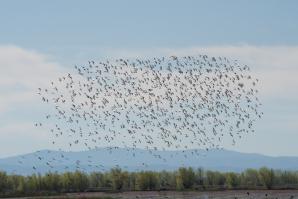
Water Foul
The drought is putting in jeopardy efforts to shore up migratory bird populations
Doug Thomas stops his white pickup along the elevated dirt road that carves through the acres of newly planted rice stalks in Wheatland, Calif.
In this scene, replete with a myriad of migratory birds lazily grazing in the green fields, change is soon to come. The landscape, Thomas says, will be transformed into an oasis for waterfowl and shorebirds that will find a man-made wetlands to call home on their annual migration this fall.
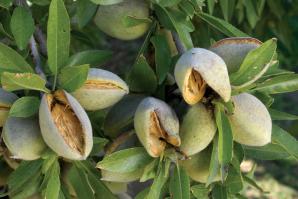
Tough Nut to Crack
Almonds bust then boom in China
Richard Waycott says there are no silver bullets in the remarkable double-digit growth of California almond exports to China but rather a carefully honed strategy built on introducing almonds to a “pre-existing snacking culture.”



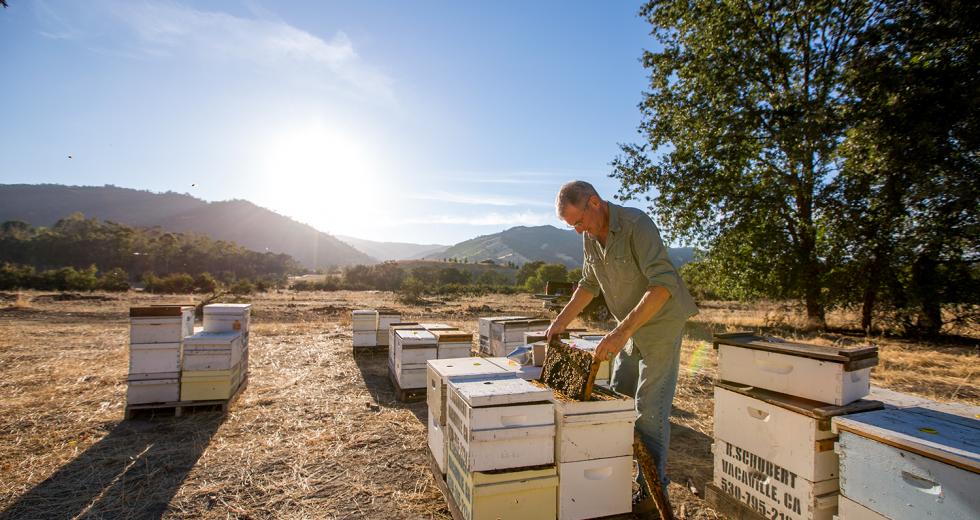
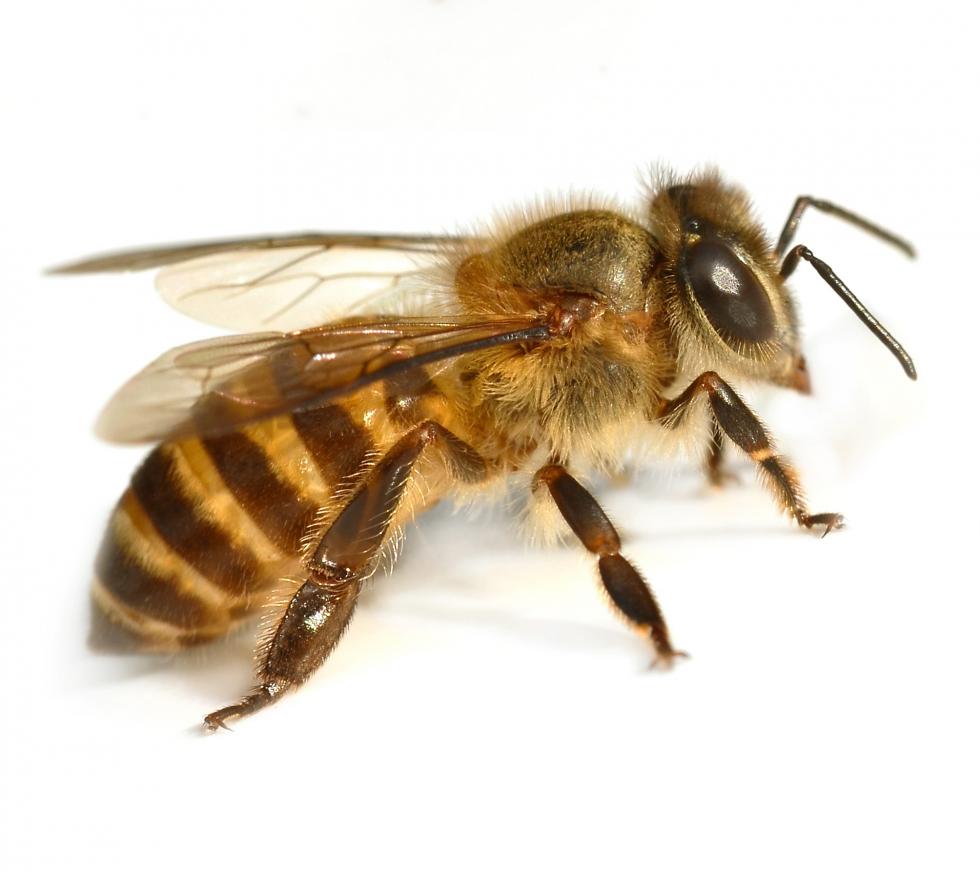
Comments
you have been sending me job offers through the email the problem is I don't have a drivers license